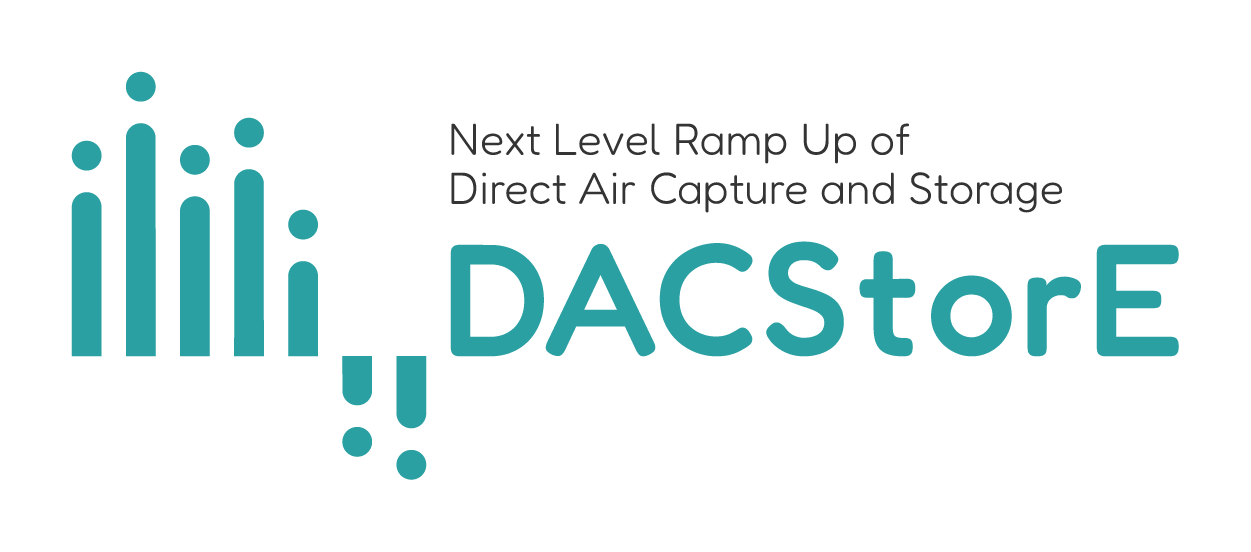Simulation von HVAC 2.0-Systemen mit eingebauten DAC-Einheiten
Direct Air Capture (DAC) is a technological option to extract CO2 directly from the air. One of the most developed DAC processes is low temperature (LT) DAC. During capture, air is contacted with a solid functionalized material which binds CO2 at ambient conditions. For recovering the CO2, the adsorber must be heated to about 100 °C and cooled down again to prepare for the next cycle. This comes with a high demand for thermal energy. In addition to large standalone DAC plants, modular standardized DAC units integrated in the built environment, e.g., HVAC systems, industrial air coolers or dryers, have been proposed as a systemic approach eventually leading to lower levelized costs for CO2 capture.

Current challenges
The optimal design and operational strategy of an HVAC 2.0 system depends on the characteristics of the building and the DAC technology to be implemented as well as on the optimization targets. To guide the development, a model-based analysis is required.
Solution
A mathematical model was developed at IMVT that can represent an LT-DAC system. It is based on a fixed bed adsorber, which can be filled with various adsorbents. By embedding it in a flowsheet simulation, dynamic input conditions can be selected, which either represent regular daily cycles or are special time series. In addition, core data of existing buildings, such as size, number of people, possible use of waste heat, and location can be implemented. This allows current expected CO2 concentrations in the building to be calculated and passed on to the DAC system. Performance parameters such as energy consumption, capacity or efficiency can be generated from the resulting data.
Advantages
Thanks to the flexible design of the simulation environment, characteristic key figures and curves of new adsorber materials can be implemented and simple adjustments can be made to simulate different buildings.
Options for companies
Interested companies can either gain new insights into special operating methods or novel materials for use in DAC or explore the potential of existing infrastructures for an upgrade to HVAC 2.0.
Ihre Kontaktperson für dieses Angebot
Verantwortliches Institut
Prof. Dr. Roland Dittmeyer
Karlsruhe Institute of Technology
Institute for Micro Process Engineering (IMVT)
Director
Email: roland.dittmeyer@kit.edu
Institute for Micro Process Engineering
https://www.imvt.kit.edu/index.php








